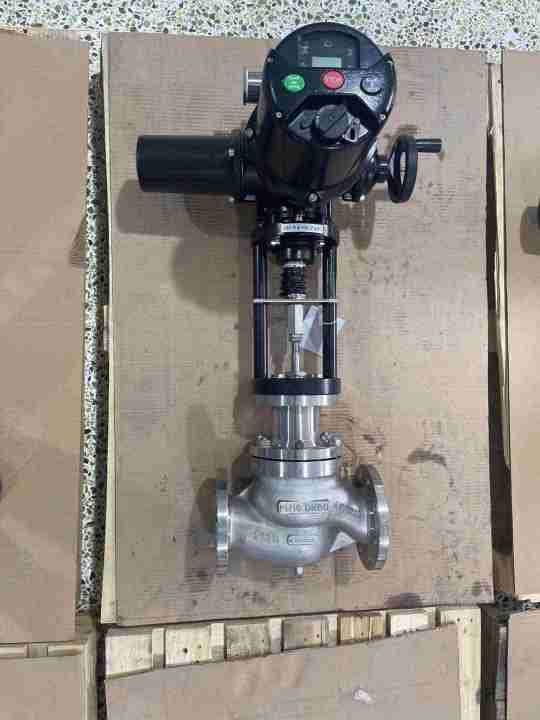The Electric Two-Seat Regulating Valve is a crucial component in fluid control systems, widely used in various industries such as oil and gas, chemical processing, water treatment, and power generation. This valve type is known for its ability to regulate the flow of liquids and gases with a high degree of precision, making it an essential part of modern automation and process control systems. In this article, we will explore the construction, working principle, applications, and advantages of the electric two-seat regulating valve.

What is an Electric Two-Seat Regulating Valve? An electric two-seat regulating valve is designed to control the flow of media (liquids, gases, or steam) within a pipeline by adjusting the valve’s opening based on an electric signal from a control system. The term “two-seat” refers to the valve’s internal structure, which features two seats where the valve plug rests when closed. These valves are typically operated by an electric actuator that receives a control signal (usually 4-20mA or 0-10V) from a central control system, such as a programmable logic controller (PLC). Unlike simple on/off valves, a regulating valve adjusts the flow continuously within a specified range, offering fine control over process conditions. This makes it particularly useful in applications requiring precise regulation of pressure, flow rate, or temperature.